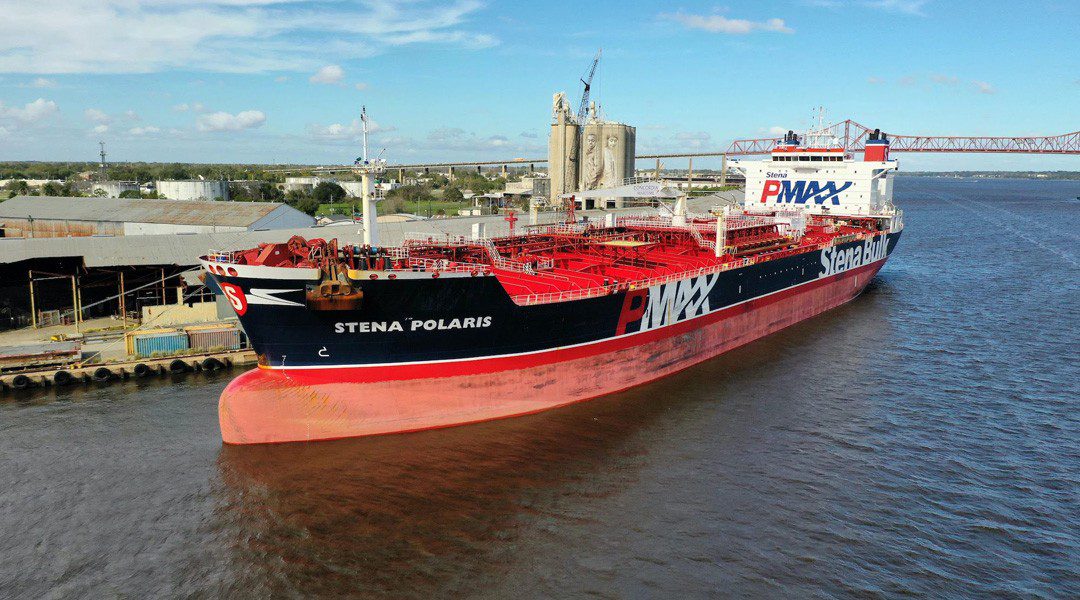There is a palpable momentum in developing viable fuel solutions across the maritime value chain – even when the green transition for shipping faces considerable hurdles, the Mærsk Mc-Kinney Møller Center for Zero Carbon Shipping (MMMCZCS) unveiled in an updated version of its Fuel Pathway Maturity Map.
The Fuel Pathway Maturity Map represents an “interactive” guide envisioned to provide the shipping and financial sectors with an overview of the readiness of the alternative fuels that are anticipated to play a pivotal role in decarbonizing the maritime industry by (or around) 2050.
Specifically, according to MMMCZCS, this guide evaluates the technological readiness across the value chain—from fuel production to onboard use—for low-emission fuels such as green ammonia, bio-methane, e-methanol, and renewable types of diesel.
Speaking about the latest update—which reflects on the progress made since 2022—Christoffer Lythcke-Elberling, Head of Transition Modeling & Analytics at MMMCZCS, said that the new release “counters the prevailing narrative that maritime decarbonization is at a halt”.
“The progress captured in the Fuel Pathway Maturity Map demonstrates that the technical side of the industry is on the right path, with tangible advancements in key areas. This should enforce confidence in the green transition in stakeholders across the value chain,” Lythcke-Elberling emphasized.
Over the past two years, there have been numerous advances in shipping, MMMCZCS highlighted, primarily driven by increased investments in dual-fuel ships and pilot projects across the fuel landscape.
As disclosed in MMMCZCS’s analysis, noteworthy progress has been achieved in the following segments:
In October this year, the UK-based classification society Lloyd’s Register’s (LR) Maritime Decarbonization Hub issued a report on the viability and readiness of clean fuels, providing another angle into the matter.
In its Zero Carbon Fuel Monitor (ZCFM) report, LR’s Maritime Decarbonization Hub reflected on the final stage of the fuel supply chain – the ship – and explored the current global fleet’s readiness for sustainable fuels like ammonia, hydrogen, methanol and biofuels.
The analysis revealed that the global fleet at present featured over 400 ammonia-ready ships, 78 hydrogen-capable ships, and 315 ‘methanol-capable’ vessels with around 500 more classed as ‘methanol-ready’, with a growing number of units that utilize biofuels like fatty acid methyl esters (FAME) and hydrotreated vegetable oil (HVO).
Nonetheless, both the LR’s Maritime Decarbonization Hub and MMMCZCS (in its latest overview) agree that, even though technological progress has, indeed, been made, there is an ‘urgent’ need for “continued innovation and regulatory alignment.”
As per MMMCZCS, the maritime sector cannot achieve decarbonization without clear certification standards, robust emission controls, and global regulatory consensus.
“With the technological advancements outlining the path forward, regulators have a crucial opportunity to take bold steps. The tools and knowledge are in place for regulatory frameworks that will accelerate the transition—now is the time to act,” Torben Nørgaard, Chief Technology Officer – Energy & Fuels, remarked.
Earlier in November, MMMCZCS presented a guide of a different nature: an insight into ammonia-fueled units through the lens of ship design.
The report, titled ‘Emerging ship design principles for ammonia-fueled vessels’, is intended to aid shipyards, ship designers, and /owners in navigating through main decisions when creating new ammonia-fueled ship designs, covering the ammonia liquid gas storage, handling, and safety aspects.
As informed, the guiding principle of the publication was the safety of the crew and shoreside personnel with safeguards, tools and design considerations implemented to mitigate risks.






